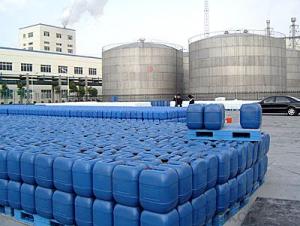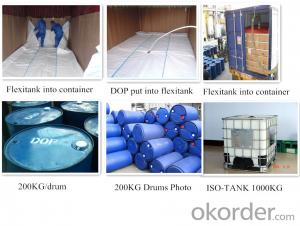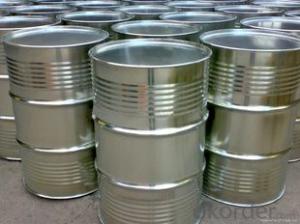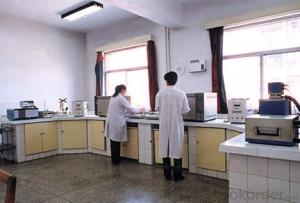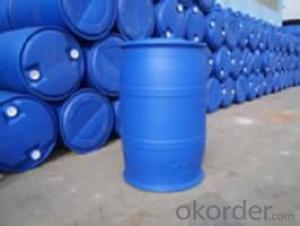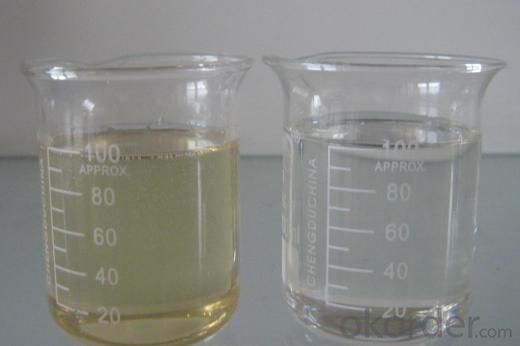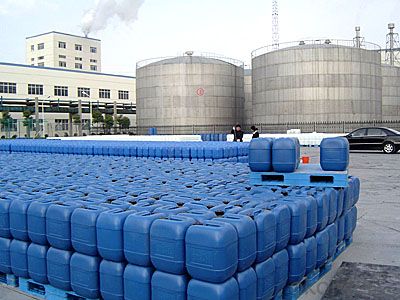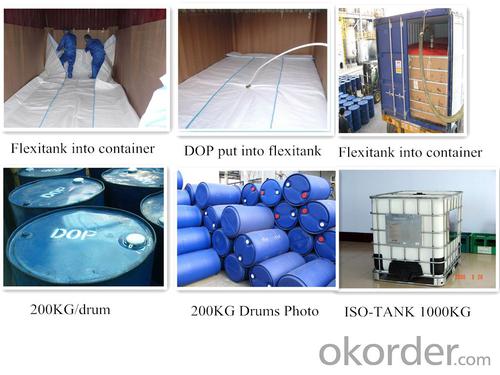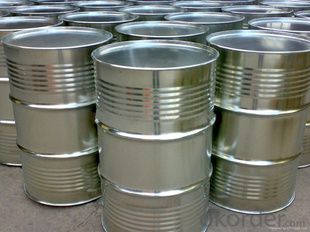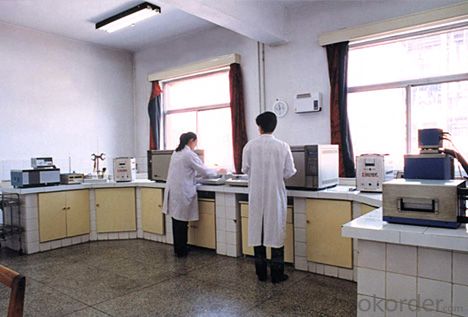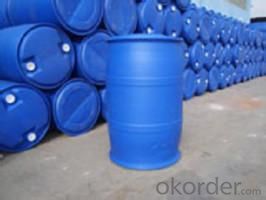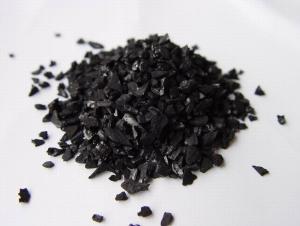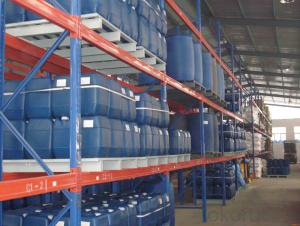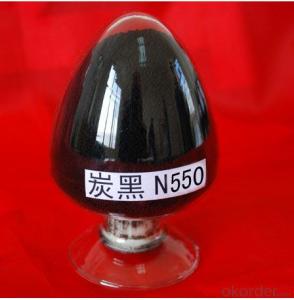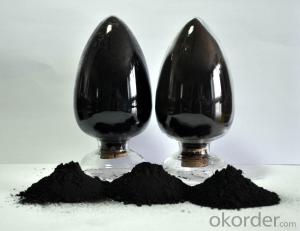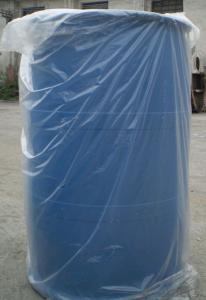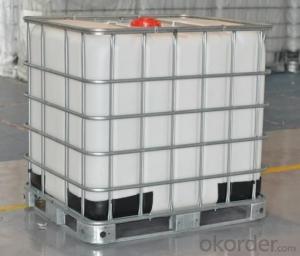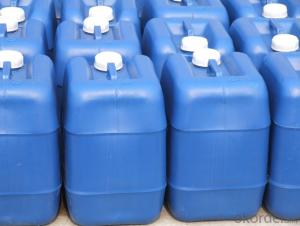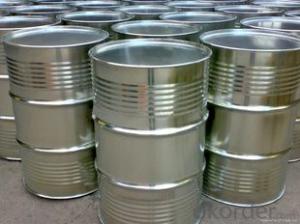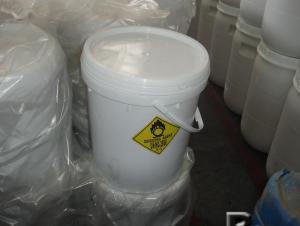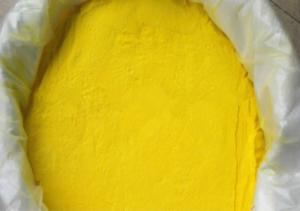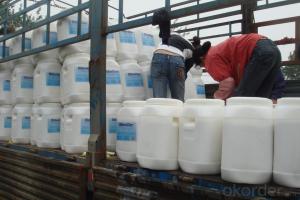Dioctyl Phthalate (DOP) Alternative DEDB for PVC Plasticizer
- Loading Port:
- Tianjin
- Payment Terms:
- TT OR LC
- Min Order Qty:
- 16.8
- Supply Capability:
- 8000 m.t./month
OKorder Service Pledge
OKorder Financial Service
You Might Also Like
Product performance:
Polyol Benzoate (DEDB) is colorless or pale yellow transparent oily liquid, water-insoluble, soluble in aromatic hydrocarbons, ketones and ethers, and has good compatibility withpolyvinyl chloride, ethylene - vinyl acetate copolymer, poly vinyl acetate, polymethylmethacrylate, polyvinylbutyral, nitrocellulose, and ethyl cellulose, etc.
Product application:
Polyol Benzoate(DEDB) is an environmentally friendly plasticizer with the characteristics of strong solubility, good compatibility, low volatility,resistant to oil, water, light, pollution etc. It is suitable for processing PVC flooring material, plastisol, artificial leather, cable material, soft and hard pipe, shoes material, rubber strips, synthetic rubber, and paint, printing ink, etc. It has a better plasticized effect if it is used together withDOP or DBP, and has greatly achieved the purpose of reducing cost .
Product quality index
Item | First grade | Second grade |
Chroma(APHA) ≤ | 50 | 60 |
Ester % ≥ | 99.5 | 90.0 |
Density(20°C)g/ | 1.120-1.126 | 1.172-1.78 |
Acidity(as benzene dicarbonic acid) % ≤ | 0.01 | 0.02 |
Flash Point °C ≥ | 195 | 192 |
Loss on heat(125°C,2 hours)% ≤ | 0.3 | 0.5 |
Chroma after heat treatment | 80 | 100 |
Specifications
1. Direct producer with 15 years experience
2. ISO9001:2000
3. High quality, lower price and best service
4. New plasticizer
Packaging: IBM, net weight: 1000 kg.
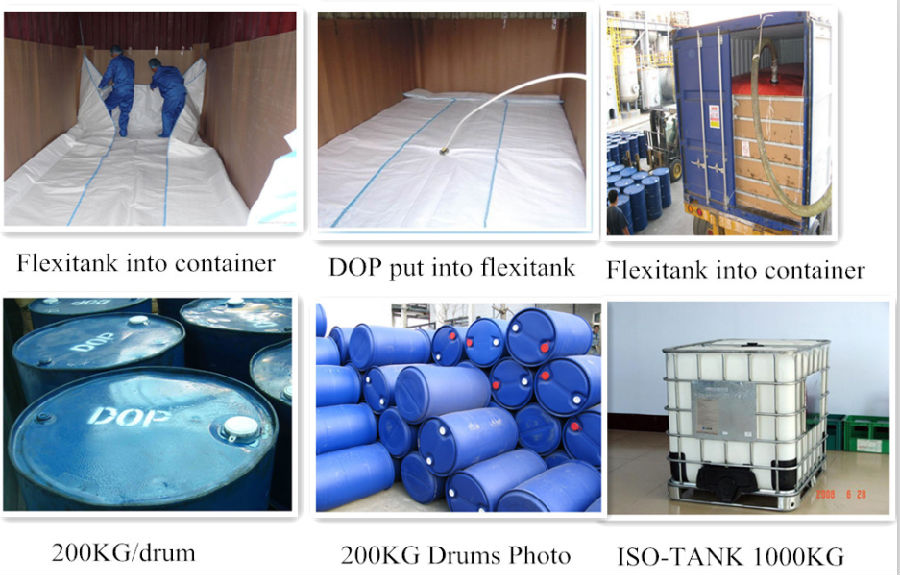 Our Factory:
Our Factory:
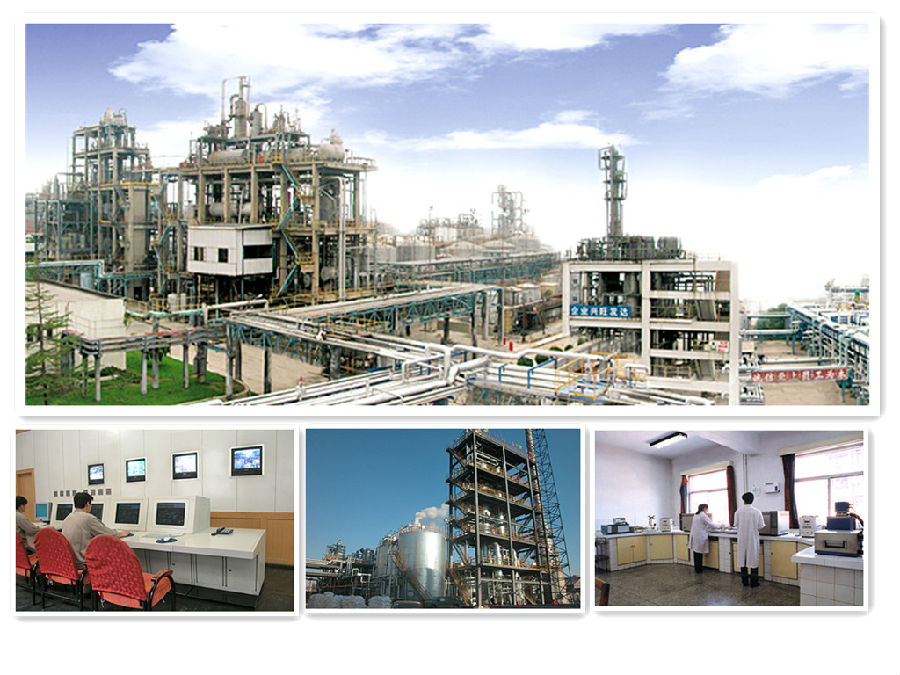
- Q: what is metallocene catalyst technology?
- Metallocene catalyst A transition-metal atom sandwiched between ring structures having a well-defined single catalytic site and well-understood molecular structure used to produce uniform polyolefins with unique structures and physical properties. See also Catalysis; Coordination chemistry; Coordination complexes; Metallocenes; Organometallic compound. In the early 1980s, W. Kaminsky discovered that an appropriate co-catalyst activated metallocene compounds of group 4 metals, that is, titanium, zirconium, and hafnium, for alpha-olefin polymerization, attracting industrial interest. This observation led to the synthesis of a great number of metallocene compounds for the production of polymers already made industrially, such as polyethylene and polypropylene, and new materials. Polymers produced with metallocene catalysts represent a small fraction of the entire polyolefin market, but experts agree that such a fraction will increase rapidly in the future. See also Polymer; Polymerization; Polyolefin resins.
- Q: Chemical Glossary: Catalyst
- The catalyst is a substance that can change the rate of the reaction without changing the standard of the reaction Gibbs free, according to the definition of the International Pure and Applied Chemistry (IUPAC) in 1981, Enthalpy change. This effect is called catalysis. The reaction involving the catalyst is a catalytic reaction.
- Q: What happens to a catalyst after a chemical reaction?
- Only a catalyst? Poor catalyst. Catalysts get very little respect. Folks assume that catalysts don' do anything, yet they magically speed up a reaction without taking part in the reaction. That just isn't the case. Most chemical reactions take place in multiple steps. A catalyst can be a reactant in one step and a product in s subsequent step, thereby giving the impression that it did not react. The catalyst speeds up a chemical reaction by providing an alternate reaction pathway which has a lower activation energy. The lower activation energy means that more molecules will have the energy required to react, and the rate will be greater. So the bottom line is that the catalyst will have appeared not to have reacted, and returns to its original state.
- Q: To write a 1500 words of small papers, so please help you busy
- Change the course of the reaction
- Q: Comparison of biocatalysts with chemical catalysts!
- (1) The chemical reaction catalyzed by the biological enzyme is generally carried out under relatively mild conditions. (2) The enzyme has the highest activity at the optimum temperature and pH, and the temperature of the biocatalyst is more moderate. And PH high or low, the enzyme activity will be significantly reduced.In general, the animal in the enzyme the optimal temperature between 35 ~ 40 ℃; plant enzyme in the optimal temperature between 40 ~ 50 ℃; animal body Of the enzyme most of the most suitable pH between 6.8.0, but there are exceptions, such as the optimal pH of pepsin 1.5; plant enzymes in the most suitable pH between 4.6.5. (3) acid, Or the temperature is too high, the enzyme structure will be destroyed, so that the enzyme permanently inactivated .0 ℃ or so, the enzyme activity is very low, but the spatial structure of the enzyme is stable, at the appropriate temperature of the enzyme activity can be increased The
- Q: The future direction of employment how, in what kind of units to do what work, how the closure rate? The
- Generally in the chemical plant to do engineering design engineers, the past few years, science and engineering graduates generally do not worry about work.
- Q: How does active charcoal catalyze in some chemical reactions?
- It is a carrier, because its particles are small (micron level, nano-level), has a relatively large surface area, can be loaded on the catalyst to provide more reaction sites. Although called activated carbon, but its catalytic aspects of the relevant business reports.
- Q: hey people i need your help about my science lab report...the question on my paper says "what function the catalyst?....please help me on this one...i would really appreciate if you leave me answers....much mahalos to all you folkss...thanks
- lowers the activation energy of a reaction so it happens at a faster rate
- Q: Describe the role of a catalyst and a substrate in a chemical reaction.
- a catalyst speeds up the reaction
- Q: Chemical reaction plus catalyst on the △ H no effect
- Since the catalyst only acts to reduce the activation energy of the reaction and accelerate the reaction rate, it does not participate in the reaction, so that the energy difference between the product and the reactant is not affected,
Send your message to us
Dioctyl Phthalate (DOP) Alternative DEDB for PVC Plasticizer
- Loading Port:
- Tianjin
- Payment Terms:
- TT OR LC
- Min Order Qty:
- 16.8
- Supply Capability:
- 8000 m.t./month
OKorder Service Pledge
OKorder Financial Service
Similar products
Hot products
Hot Searches
Related keywords

